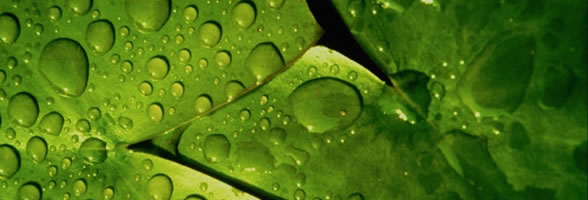
Glowworm Swarm Optimization
Multiple odor sources
The basic GSO algorithm has been shown capable of simultaneous capture of the peaks of a multimodal function. In this section the modified GSO algorithm is seen capturing multiple odor sources simultaneously. While capturing multiple odor sources the entire set of glowworms split into subgroups. Each one of these subgroup move toward a given odor source. This splitting into subgroups occurs due to the high concentration values observed directly downwind to each one of the source location. The glowworm directly downwind to an odor source measures high gas concentration and thus obtains a high luciferin value. This glowworm then attracts others toward it, forming a glowworm bunch.
Figure 1: Localization of multiple odor sources using the GSO algorithm. We assumed N =5 and Nmem = 5. Convergence is seen to occur in 235 seconds.
Figure 2: Interaction between adjacent glowworm bunches.
As can be seen in Figure 1 glowworms bunch together at locations directly downwind to each one of the odor sources. Once they have bunched together, the anemotaxic motion takes them toward the source location. While moving toward the source, the glowworms in one bunch might attract glowworms from the neighboring bunch. This happens as the communication range limit is higher than the separation between the odor sources. Such a behavior might result in the merger of these bunches, thus preventing capture of all the odor sources. This can be avoided by using a lower Nmem value. The idea is explained with the help of Figure 2. Let us assume that the Glowworm 1 has the highest luciferin value among the glowworms in its bunch. Under such conditions, Glowworm 1 will be in anemotaxic mode. Also, as it does not have any neighbors, its dynamic decision domain radius expands in search of neighbors. Let us also assume that the Glowworm 4 has a higher luciferin value than Glowworm 1. Once the decision domain radius of Glowworm 1 is large enough to permit a communication with Glowworm 4, Glowworm 1 will start moving toward Glowworm 4. As Glowworm 1 is the glowworm with the highest luciferin value within its bunch, Glowworm 2 and Glowworm 3 will follow it. This takes the bunch away from the plume centerline. For low Nmem values, such a movement will not last long, as Glowworm 1 will no longer be the leader of the bunch once it takes a few steps away from the plume centerline. Another glowworm will take over as the leader and will pull Glowworm 1 back toward the bunch. However, for high Nmem values, Glowworm 1 will continue to be the leader for a longer duration. Once the glowworms 1,2 and 3 are taken away from the plume centerline, they will measure low concentration values and hence will continue to move toward the other group, thus resulting in a merger of the glowworm groups.
The following video shows the capture of two odor sources using GSO. Here, the glowworm motion is superimposed on the odor source profile. The odor concentration is color coded with red representing high odor concentration and blue the absence of odor. The white dots represent the glowworms. As can be seen, glowworms split in two subgroups, each of these subgroups capture a particular odor source. Note that obstacle avoidance behavior is introduced between the glowworms.
